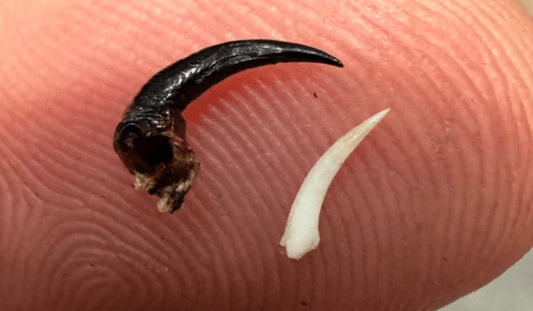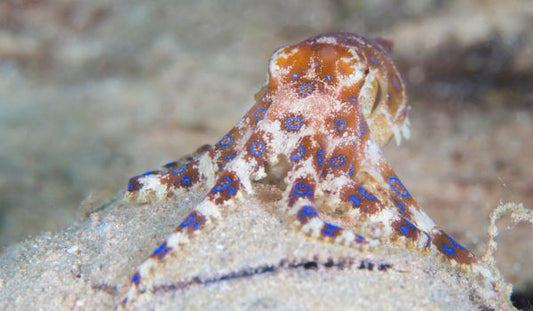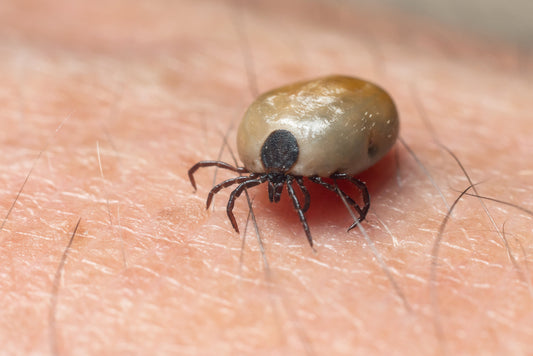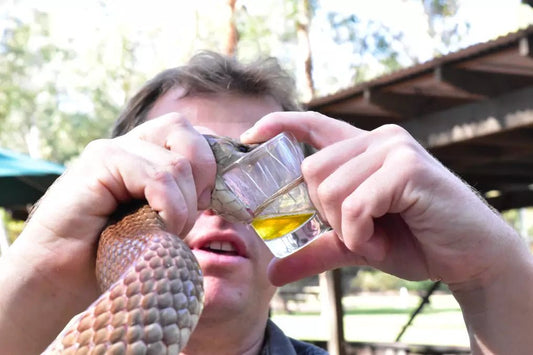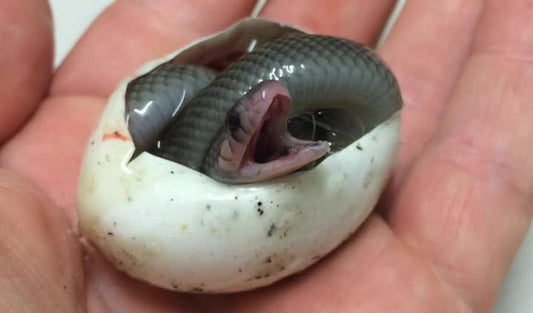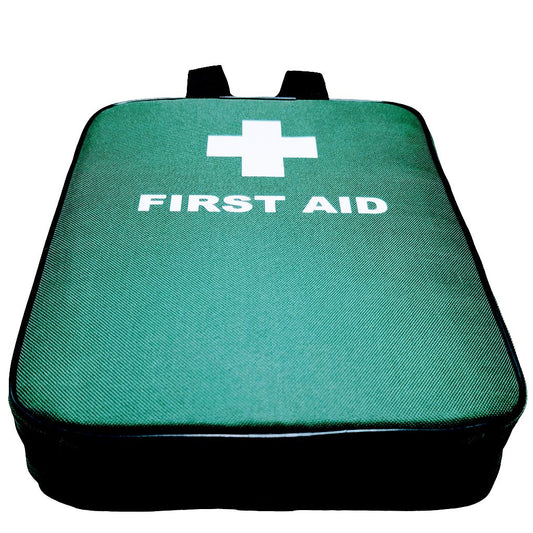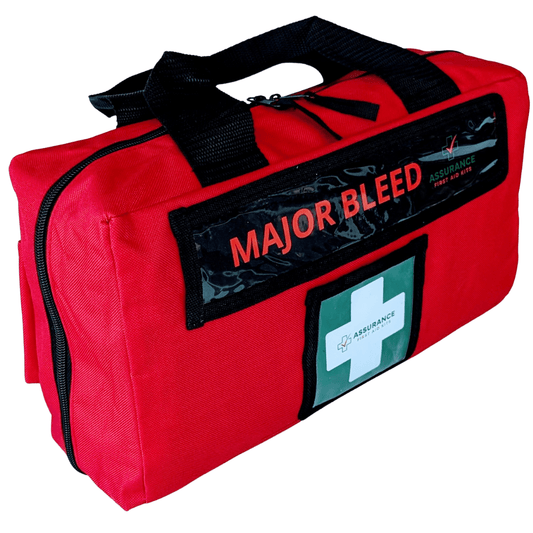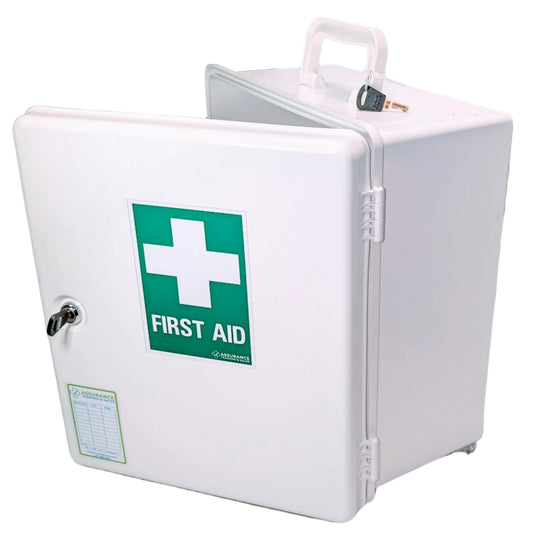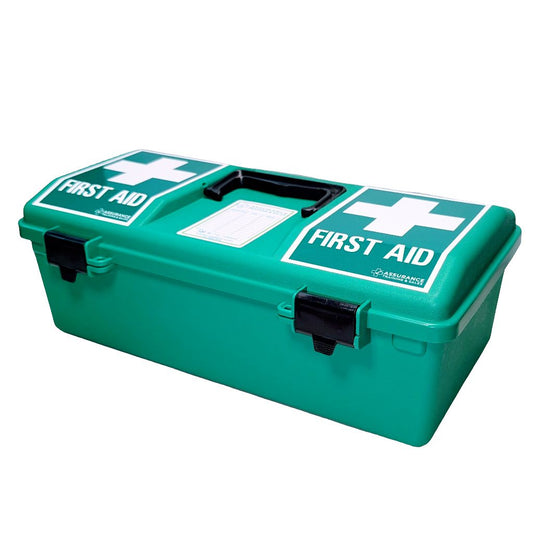Australia • First Aid • Ticks
By Samantha — Accredited First Aid Trainer, Assurance First Aid Kits (Dubbo, NSW)
Ticks are part of outdoor life in Australia — from coastal scrub and rainforest edges to suburban backyards. The paralysis tick (Ixodes holocyclus) is our highest-risk species, capable of triggering severe allergy, paralysis, and significant illness in people and pets. If you find a tick, correct removal matters: it reduces allergen/toxin delivery and lowers the risk of complications.
At-a-glance: Where bites happen & who’s at risk
| Typical locations | Scalp/hairline, behind ears, armpits, groin, waistband, behind knees, sock line |
|---|---|
| Common settings | Bushwalking, camping, gardening, dog walking, trail running, outdoor work |
| Higher risk | Children (scalp), pet owners, East Coast residents/travellers, spring–summer |
Tick prior to feeding
ANZCOR-Aligned First Aid: Step-by-Step
- Stay still & keep calm. Sudden movement can irritate the tick.
- Do not squeeze, pick, or scratch the tick. Avoid tweezers for adult ticks on the body — squeezing can inject more allergen/toxin.
- Neutralise (kill) the tick in place using a rapid freezing product such as TickTox Tick Removal Spray. Follow the product directions; typically a few short bursts until the tick is visibly frozen.
- After the tick is dead (usually within seconds), gently remove the body with a dedicated tool like the Tick Twister. Avoid twisting the skin; let the tool do the work.
- Clean the site with antiseptic; avoid scratching. Mark the time and location of the bite.
- Monitor for symptoms of allergy or illness (hives, facial swelling, difficulty breathing, dizziness, headache, unusual fatigue). If severe symptoms occur, call 000 immediately.
- For remote trips, carry a comprehensive kit such as the Assurance Snake Bite Max Kit which includes gear for bites/stings, immobilisation, and wound care while you wait for help.
Note: Very small ticks (larvae/nymphs) may be managed differently in some clinical guidance. When in doubt — especially for children, pregnancy, known tick allergy, or multiple embedded ticks — seek medical advice.
Where Tick Bites Happen Most in Australia
Ticks are most commonly encountered in bushland, coastal scrub, rainforest margins, and leafy suburbs where native wildlife thrive. Activities with higher exposure include bushwalking, camping, gardening, trail running, dog walking, and outdoor work. Children are particularly vulnerable on the scalp and hairline; adults frequently find ticks in skin folds and clothing pressure zones (armpits, waistband, groin, behind knees, sock line). After outdoor activity, do a thorough tick check and shower as soon as practical.
Best Tools for Safe Tick Removal (Australia)
TickTox Tick Removal Spray
Rapid ether-based freezing to kill the tick in place and reduce allergen/toxin injection.
Shop TickToxTick Twister Tool
After freezing, remove the tick body gently with a purpose-built tool that minimises skin trauma.
Get Tick TwisterAssurance Snake Bite Max Kit
Comprehensive gear for ticks, snakes, spiders, and other bites & stings; ideal for travel and remote work.
View the KitCommon Australian Exposure Scenarios
Illustrative only. Local risk varies by season, vegetation, and wildlife presence (East Coast generally higher).
What Not to Do
- ❌ Don’t squeeze, crush, or “twist off” adult ticks with fingers/tweezers — this can inject more allergen/toxin.
- ❌ Don’t apply irritants (methylated spirits, kerosene, nail polish remover) or heat to a live tick.
- ❌ Don’t delay if symptoms develop — call 000 for breathing difficulty, facial swelling, faintness, or severe rash.
Embedded tick, feeding.
FAQs (Australia)
What is the safest way to remove a tick in Australia?
Neutralise the tick in place with a freezing spray (e.g. TickTox), then remove the dead tick using a tool such as the Tick Twister. Avoid squeezing or scratching the live tick.
When should I go to hospital?
Call 000 if you have breathing difficulty, facial/tongue swelling, dizziness/faintness, or rapidly spreading hives. For persistent symptoms after a bite, see a GP.
Do Australian ticks carry Lyme disease?
Lyme disease is not established as occurring in Australia; however, ticks can cause serious allergic reactions and illness. Correct removal and monitoring are essential.
How can I prevent tick bites?
Wear long sleeves/pants, choose light colours, apply repellent to skin/clothing, stay on track centres, and check yourself/children/pets after outdoor activity. Carry a freeze spray and a removal tool when bushwalking.
What about ticks on the face or very sensitive areas?
If the tick is near the eyes, lips, or genitals — or on infants — seek medical advice. Minimise disturbance, freeze if advised, and avoid squeezing.
Trusted Australian References (EEAT)
- Healthdirect Australia — Tick bites
- Australian Government Dept of Health — Management of Tick Bites in Australia (guidance)
- ASCIA — Tick allergy
- ANZCOR — Envenomation & first aid guidance
- NSW Health — Tick bite facts
These sources inform the general principles presented here. Always follow product instructions and seek medical advice for individual circumstances.




